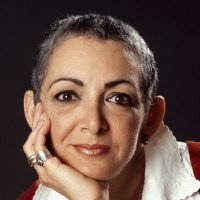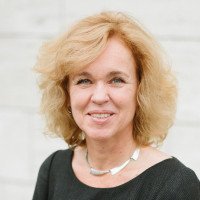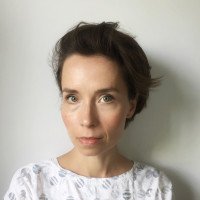Synopsis
Marie Curie's life and research changed the world and paved the way for new opportunities for all women. Her unique drive - against all odds - to understand nature and its laws lead to ground-breaking research, which changed the science of medicine - both in terms of diagnoses and treatment. She was the first female recipient of a Nobel Prize and the first - and to date the only - person to receive a Nobel Prize in two categories, first physics and later in chemistry.
Reviews
"Ambitious and expertly communicated" – (4 hearts in Politiken)
"Many funny and interesting details about Marie Curie's life which are sure to give you something to think about" – (Weekendavisen)
"A small masterpiece" – (Bibliotekat (Danish Blogger of the Year 2017))
"A wonderful publication" – (Serieland)
"This is a beautifully crafted book with an important and fascinating story to tell. Although designed for younger readers, this is a delight for all ages (...) There should be more books like "A Quest for Light" in the world. It is exciting, moving, educational, and visually magnificent." – Darryll Robson (Monkeys Fighting Robots)
"This graphic novel is a short read that packs a powerful punch with artwork that is unforgettable." – Chris Ceary (Talking Comic Books)
"This is truly a work of art. It’s a masterpiece of illustration and text where each image is pure poetry that gives homage to a brave trailblazer in science." – (geekdad.com)
Personal note from the author
"On a personal note, Marie Curie has been in my life always. As I wrote in the book, she and Pierre never took a patent on radium. By 1920, the price of one gram (!) of radium was US$ 100,000, a price she could not afford. A female American journalist (Missey Maloney) learned of this and started a fundraising in the US to buy the gram for Marie’s laboratory at the Radium Institute in Paris. As receipt of this gift, Marie agreed to travel to the US – a back-breaking tour. Everyone wanted to see her. In 1929, Marie’s sister Bronya, a Polish physician, wanted to create a similar Radium Institute in Warsaw. Bronya sold bricks to raise money for construction. But again the problem of money arose to buy radium. So there was a new fundraising in America. This time Marie set limits to the extent of her travels. One of the few places she visited was Henry Ford’s celebration for the 50th anniversary of his friend, Thomas Edison’s, electric light bulb in Dearborn, Michigan.
Marie was a superstar, especially for the Polish communities in America. My mother, daughter of Polish immigrants in Detroit, Michigan, then a 9-year-old schoolgirl, was a witness to Marie’s visit. Three weeks after leaving the US and returning to Paris, the New York Stock Exchange crashed. This started the Great Depression. Marie became a symbol of hope and optimism despite all odds. My mother talked about Madame Curie throughout my childhood."








